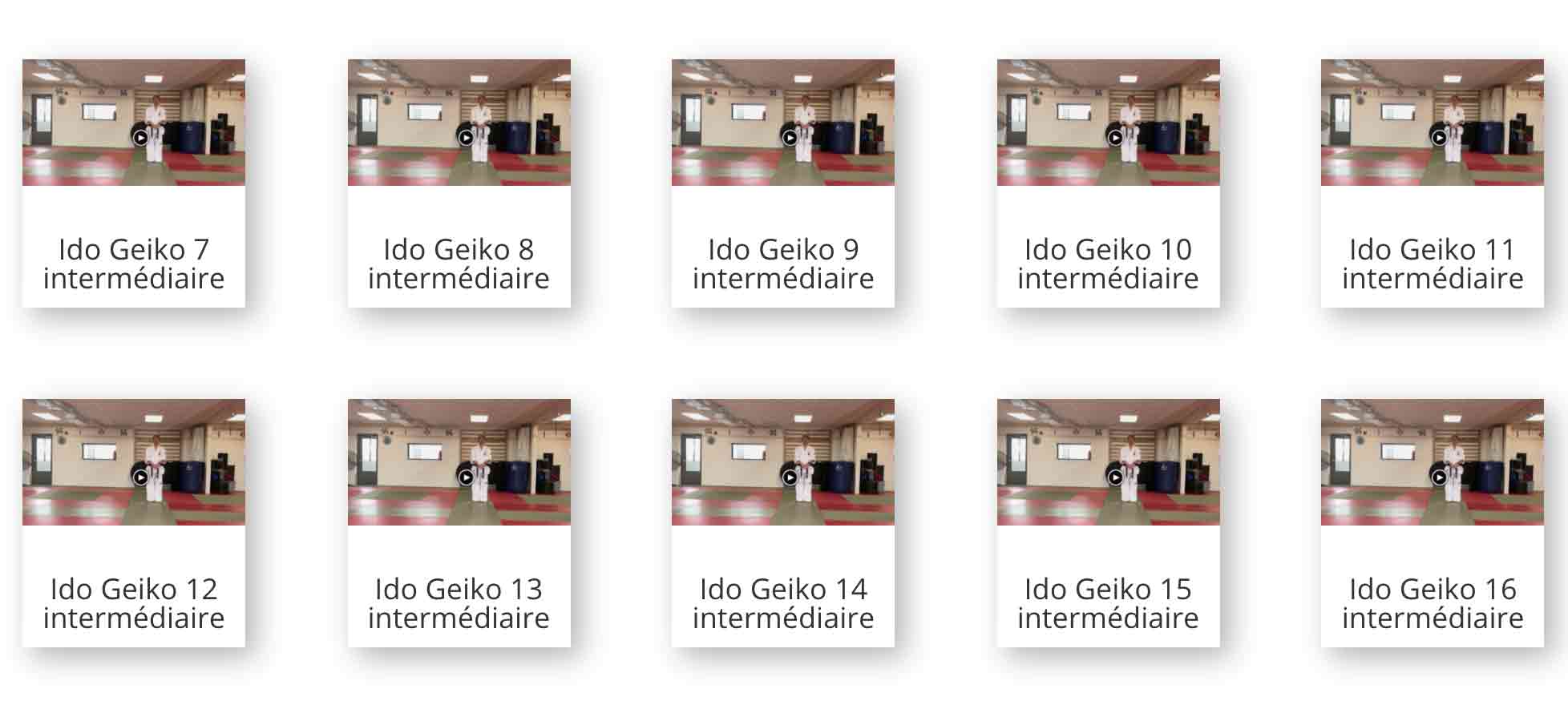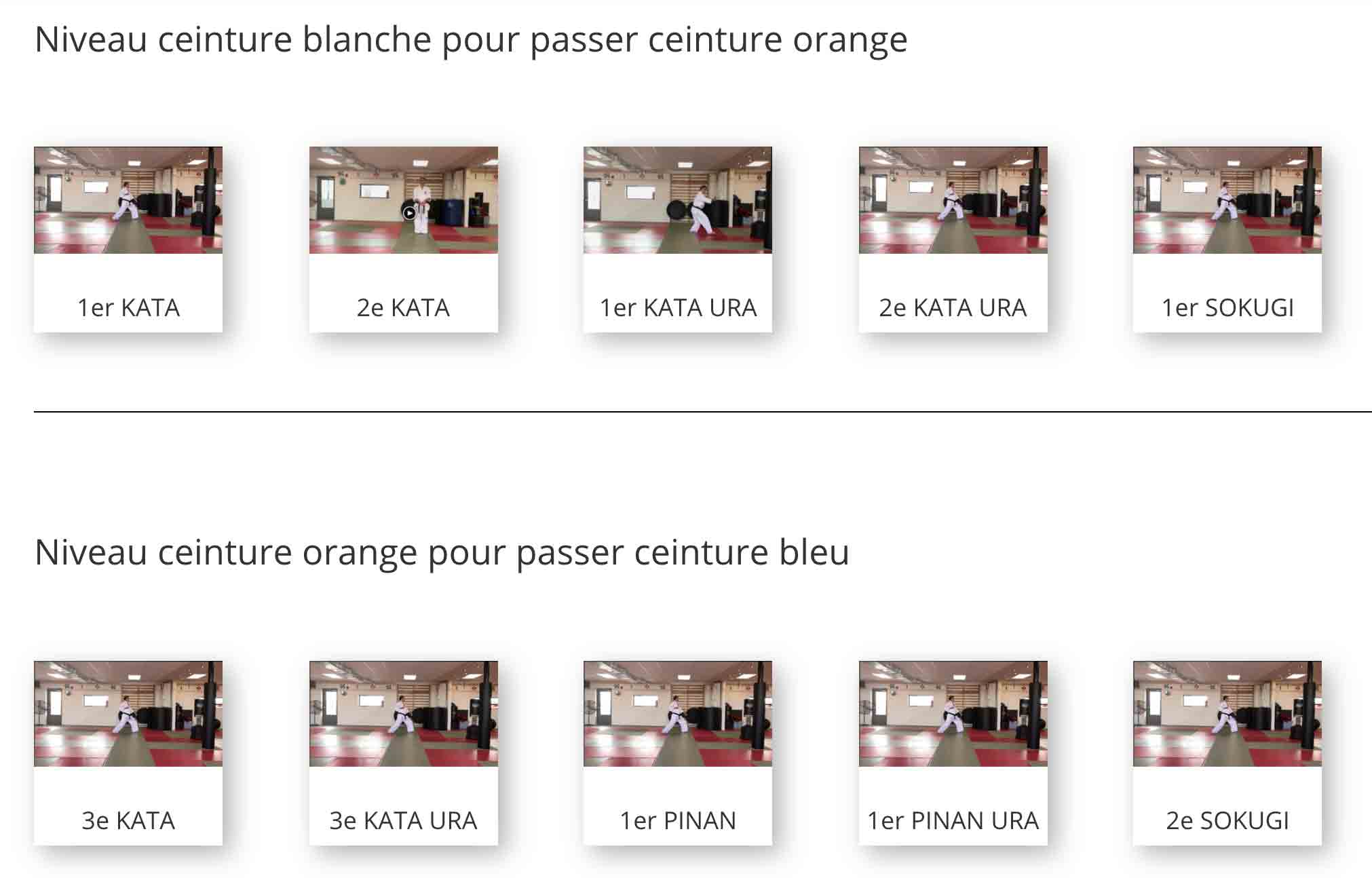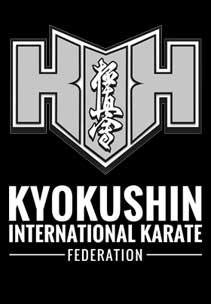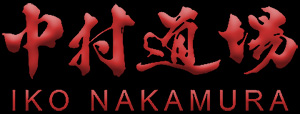ONLINE KARATE CLASSES
ONLINE KARATE CLASSES
Here you will find videos and academic materials that you can use to train outside the dojo. This section is designed to help students refine the techniques and concepts studied during karate classes.
– Japanese terminology
– exam preparation
– kihon capsules
– kata capsules
– exercises and training
– tameshiwari (breaking)
– fighting techniques
But be careful, online karate classes, meaning the educational materials, do not replace traditional instruction with a sensei. The program has been created to help you progress outside of classes, at your own pace. Online karate classes are intended for everyone, from white belt to black belt, but the difficulty levels vary, and each person learns at their own pace.
VIDEO MODULES ONLINE KARATE CLASSES
Ido Geiko

Kata Kyokushin

The Power of Personal Training Outside the Dojo: Accelerating Your Karate Journey
Karate training doesn’t end when you leave the dojo. In fact, for many dedicated martial artists, what happens outside the dojo is just as important as what happens within its walls. Personal practice is not only a powerful tool for technical improvement, but it is also essential for cultivating discipline, self-awareness, and long-term mastery. Whether you’re a beginner learning basic Kihon or an advanced practitioner preparing for a Dan test, the time you invest training on your own can dramatically enhance your progress and deepen your connection to the art.
Why Personal Practice Matters
While classes in the dojo provide structure, feedback, and community, they are limited in time and scope. Personal training allows you to:
- Revisit and refine techniques at your own pace
- Reinforce muscle memory through repetition
- Focus on specific weaknesses or areas of interest
- Build physical endurance and mental focus
- Stay connected to your practice during breaks, travel, or illness
Karate is a lifelong journey, and progression depends not only on the hours spent in class but also on the consistency and quality of personal effort between sessions. Regular solo practice keeps your mind sharp and your body conditioned. It helps integrate karate into your daily rhythm—not just as a sport or hobby, but as a way of life.
Everyday Benefits of Training Outside the Dojo
Personal karate training doesn’t just benefit your technique; it also supports overall well-being. Practicing at home or outdoors contributes to:
- Improved focus and stress relief: Repeating familiar sequences like Kihon or Kata helps regulate breathing, calm the nervous system, and reduce anxiety.
- Increased body awareness: Karate refines coordination, posture, balance, and reaction time.
- Greater flexibility and strength: Regular stretching and dynamic movement reduce injury risk and improve functional mobility.
- Boosted confidence: Mastering techniques on your own strengthens your sense of autonomy and resilience.
These benefits carry over into your daily activities—whether it’s navigating challenges at work, dealing with interpersonal stress, or simply walking with more ease and awareness.
How to Build Your Own Karate Training Schedule
Creating a consistent and sustainable personal training routine is key. Start by setting realistic goals based on your belt level, experience, and available time. Here’s a simple framework to help:
- Set Clear Objectives
Decide what you want to work on: Kihon (basic techniques), Kata (forms), Kumite drills, flexibility, strength, endurance, or breath control. Rotate focus areas throughout the week. - Choose Your Frequency
Aim for 3 to 5 short sessions per week, especially if you’re starting out. Even 15–30 minutes can yield great results when done regularly. - Pick the Right Time
Choose a time of day when you’re least likely to be distracted—early morning, lunch break, or evening. The important thing is consistency. - Create a Training Log
Record what you practiced, how you felt, and what you want to improve. Over time, this builds motivation and provides insight into your evolution. - Blend Structure and Freedom
Have a plan but allow room for intuition. Some days may call for intense cardio kihon; others may be best for slow, meditative kata.
Here’s an example weekly template:
|
Day |
Focus Area |
Duration |
|
Mon |
Kihon (basic punches, blocks, stances) |
30 mins |
|
Tue |
Kata practice + visualization |
20 mins |
|
Wed |
Strength and conditioning |
30 mins |
|
Thu |
Kumite shadowboxing drills |
25 mins |
|
Fri |
Flexibility and stretching |
20 mins |
|
Sat/Sun |
Rest or optional outdoor training |
Flexible |
The Importance of Preparation: Warming Up and Stretching
Before any training session, it’s essential to prepare your body and mind. Skipping warm-up can lead to poor performance or even injury. A proper warm-up gradually raises your heart rate, activates your joints and muscles, and mentally signals that you’re transitioning into focused training time.
Warm-Up Routine (10–15 minutes):
- Light cardio (jump rope, jogging in place, or shadowboxing)
- Joint rotations (neck, shoulders, hips, knees, ankles)
- Dynamic stretching (leg swings, arm circles, lunges with twist)
- Mobility drills specific to karate movements
After Training: Cooling Down and Stretching
Cooling down helps the body transition from effort to recovery. Static stretching post-training improves flexibility and supports muscle repair.
Focus areas for karateka include:
- Hamstrings, quadriceps, and calves
- Hip flexors and glutes
- Lower back and shoulders
- Wrists and ankles
Stretch gently and hold each position for 20–30 seconds. Use the time to breathe deeply and reflect on your session.
Final Thoughts: Personal Practice as a Path to Mastery
Karate teaches us that discipline is cultivated in the repetition of small actions. Personal training outside the dojo is where this discipline takes root and bears fruit. It’s where you begin to internalize what you’ve learned, explore your own rhythm, and push your own limits—away from the eyes of your instructors and fellow students.
In the words of Mas Oyama, founder of Kyokushin Karate:
“One becomes a beginner after one thousand days of training and an expert after ten thousand days of practice.”
If you’re serious about evolving in your practice, carve out space in your life for personal training. Prepare well, train with focus, and listen to your body. Over time, these solitary moments of sweat, breath, and movement will transform not just your karate, but your entire way of being.
OSU.


220 Saint-Louis Street, Suite 101
Saint-Jean-sur-Richelieu
info@karatesaintjean.com
Phone: 514-464-8125

All rights reserved Michel Angers – Kyokushin Karate Saint-Jean-sur-Richelieu
Member of the Canadian Federation of International Kyokushin Karate
https://karatekyokushin.ca/

220 Saint-Louis Street, Suite 101
Saint-Jean-sur-Richelieu
info@karatesaintjean.com
Phone: 514-464-8125

All rights reserved Michel Angers 2018 – 2022 – Kyokushin Karate Saint-Jean-sur-Richelieu